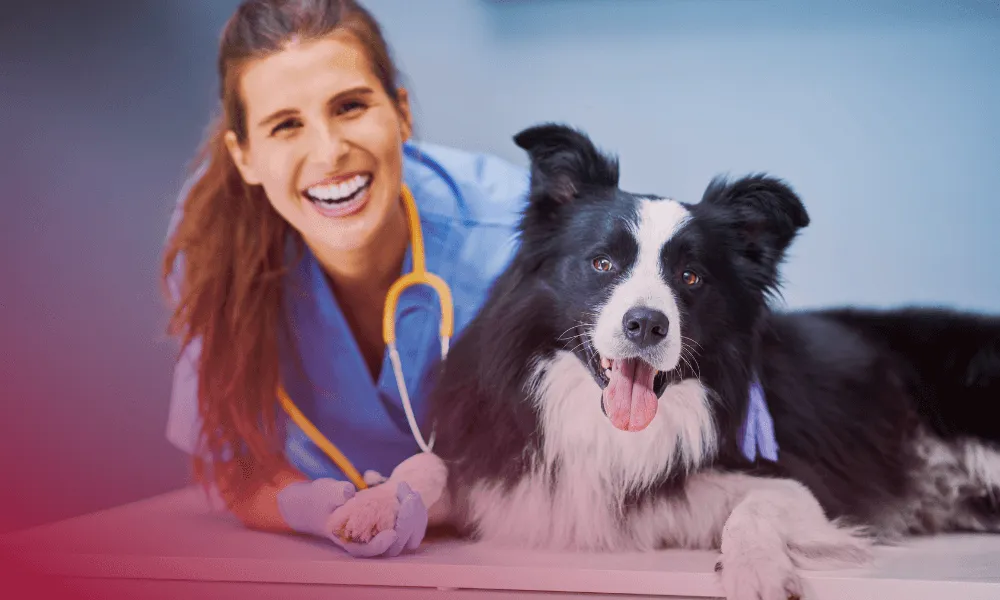A vet tech degree is more than just coursework—it’s the foundation for a hands-on career in animal healthcare.
From day one, students discover that becoming a veterinary technician means learning both science and compassion.
You’re not just memorizing terms from textbooks; you’re preparing to step into clinics, shelters, and hospitals where your skills directly impact animals’ lives.
Why This Degree Matters in Veterinary Care
When I enrolled in my first semester, I expected classes to feel like standard college courses.
Instead, I was holding a stethoscope to a dog’s chest within weeks.
The program blends biology and chemistry with clinical training, showing you how each subject applies to real patients.
This isn’t abstract theory—it’s about becoming confident in moments when animals depend on you most.
Explore more about earning a vet tech degree and how it shapes careers in animal care.
Core Animal Healthcare Skills You’ll Build
Animal Nursing Care
Students learn to monitor vital signs, provide wound care, and assist with fluid therapy.
I remember working with a cat recovering from surgery—our training in monitoring respiration and hydration kept her stable through recovery.
That experience drove home how essential these “basic” skills are in saving lives.
Surgical Support Skills
In surgery labs, vet tech students practice sterile techniques, anesthesia monitoring, and surgical prep.
The first time I helped with anesthesia monitoring, I realized how precise every adjustment must be.
A minor mistake could put a patient at risk, which is why repetition and guided supervision are key in training.
Laboratory and Diagnostic Procedures
Blood tests, urinalysis, and parasite screenings are a big part of daily work.
During clinical rotations, I learned to spot parasites under a microscope—skills that turned abstract microbiology lessons into immediate, practical knowledge.
Veterinary teams rely on these results to make treatment decisions quickly.
The Balance of Science and Compassion
Veterinary technicians do more than run tests and assist in surgery.
We’re often the ones comforting anxious pets and nervous owners.
In one rotation at a shelter clinic, I held a dog’s paw while the veterinarian explained a treatment plan to his family.
That moment reminded me that empathy is as critical as medical skill.
Specialized Areas You May Explore
Veterinary Pharmacology
Understanding medications, dosages, and potential side effects is vital.
You’ll learn how drugs affect different species and how to calculate safe dosages.
In practice, I saw how a well-trained tech could prevent errors simply by double-checking prescriptions.
Radiology and Imaging
Positioning animals for X-rays requires patience and knowledge of anatomy.
In class, I struggled to get a restless puppy properly aligned.
With coaching, I mastered techniques that balanced safety with accuracy.
That training translates directly into real-world efficiency.
Dentistry in Veterinary Practice
Oral health is often overlooked until it becomes an emergency.
During my externship, I assisted with a dental cleaning on a senior dog.
The before-and-after difference showed how critical oral care is for overall health, and how much of this responsibility falls on trained technicians.
Real-World Experience Through Clinical Rotations
Most programs include externships or clinical rotations in veterinary hospitals.
These placements transform classroom learning into real-life applications.
I recall a day in the ER when a Labrador came in after being hit by a car.
While the veterinarian worked on stabilizing the dog, I assisted with triage and lab work.
The adrenaline and teamwork taught me more in a few hours than any textbook could.
How This Training Prepares You for Career Growth
Completing a degree opens the door to certification exams and professional recognition.
Graduates can pursue roles in general practice, emergency medicine, research labs, or even zoo and wildlife care.
A fellow graduate from my class now works in a marine animal rehabilitation center—proof that these skills are versatile and transferable.
The Bigger Picture: Impact on Communities
Veterinary technicians are often the bridge between veterinarians and pet owners.
We explain treatment plans, demonstrate at-home care, and provide reassurance.
When I helped an owner learn how to administer insulin to her diabetic cat, the gratitude in her eyes was unforgettable.
These everyday moments highlight why the degree is about more than technical training—it’s about trust and responsibility in the community.
Final Thoughts
Pursuing a vet tech degree isn’t just about entering a career field.
It’s about joining a team dedicated to animal health and well-being.
The coursework is rigorous, the labs are demanding, and the clinical rotations push you out of your comfort zone.
But every challenge prepares you for the reality of veterinary medicine, where quick thinking and compassion save lives every single day.








